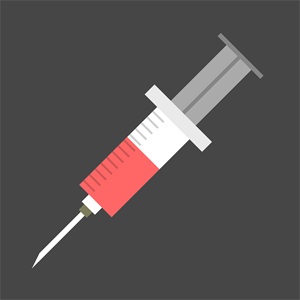 Smart Citations
Smart CitationsSee how this article has been cited at scite.ai
scite shows how a scientific paper has been cited by providing the context of the citation, a classification describing whether it supports, mentions, or contrasts the cited claim, and a label indicating in which section the citation was made.
Transcutaneous tibial neurostimulation and Solifenacin in urgent incontinence of postmenopausal women
Symptoms of overactive bladder syndrome (OAB), including urinary incontinence, affect a person's quality of life and cause many personal, social and economic problems. Patients were randomly divided into three groups and received transcutaneous tibial nerve stimulation (cTTNS) with fixed parameters or with variable parameters (vTTNS) and Solifenacin drug. The main outcomes including quality of life questionnaire and OAB score and other secondary outcomes were evaluated before and after treatment for 6 weeks. ANOVA test did not show any significant difference between the three groups in quality of life score (p=0.672), OAB symptom score (p=0.159) and incontinence severity (p=0.422). The t-test demonstrated that the post treatment average quality of life score, OAB score, and incontinence severity were significantly different when compared with before treatment in all three groups (p < 0.05). All three methods were effective in treating symptoms of OAB. However, based on the clinical symptoms, cTTNS is recommended as a preferred and acceptable and safe strategy for the treatment of OAB in women over 50 years old.
How to Cite

This work is licensed under a Creative Commons Attribution-NonCommercial 4.0 International License.
PAGEPress has chosen to apply the Creative Commons Attribution NonCommercial 4.0 International License (CC BY-NC 4.0) to all manuscripts to be published.

 https://doi.org/10.4081/ejtm.2023.11358
https://doi.org/10.4081/ejtm.2023.11358





